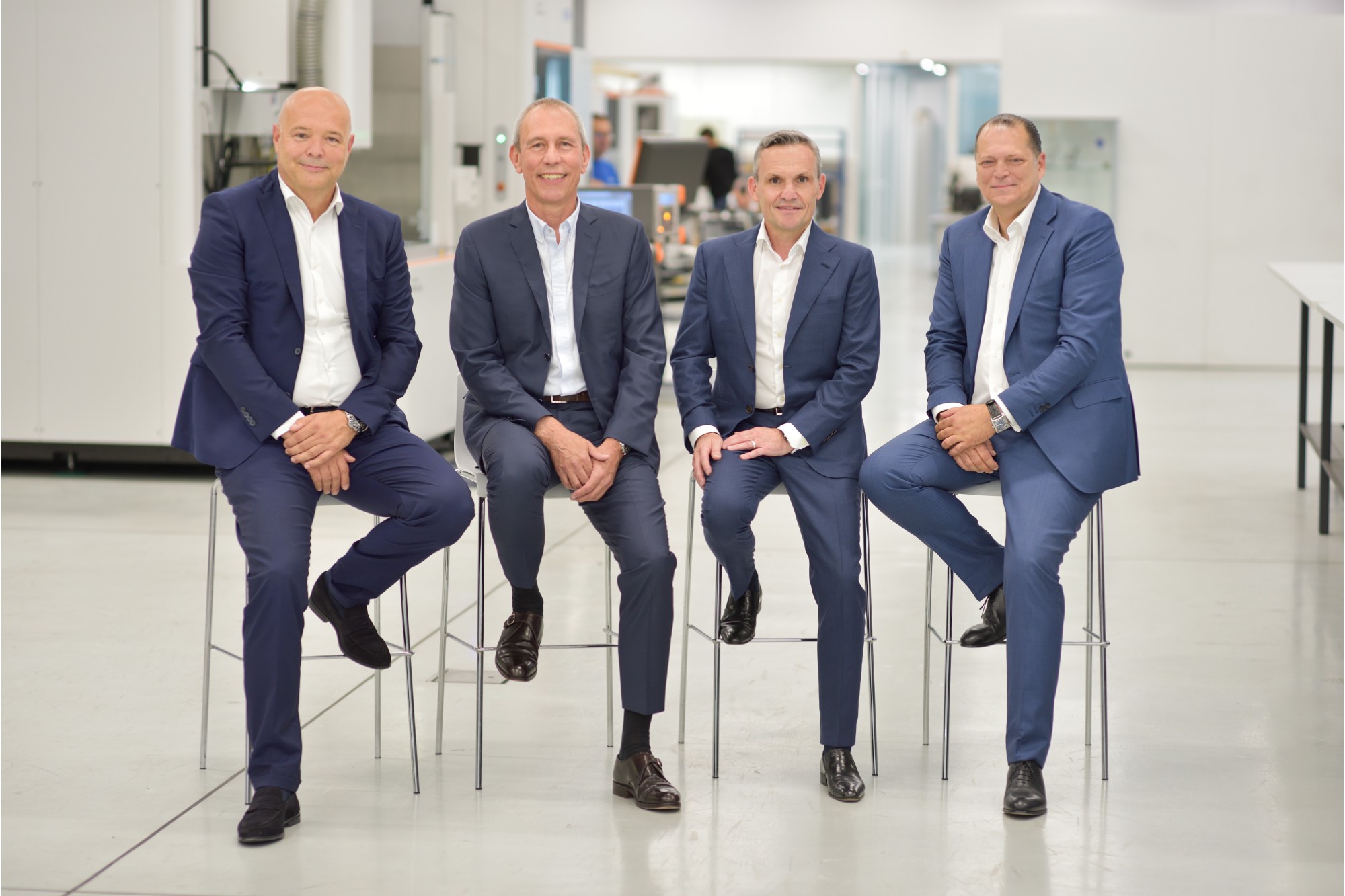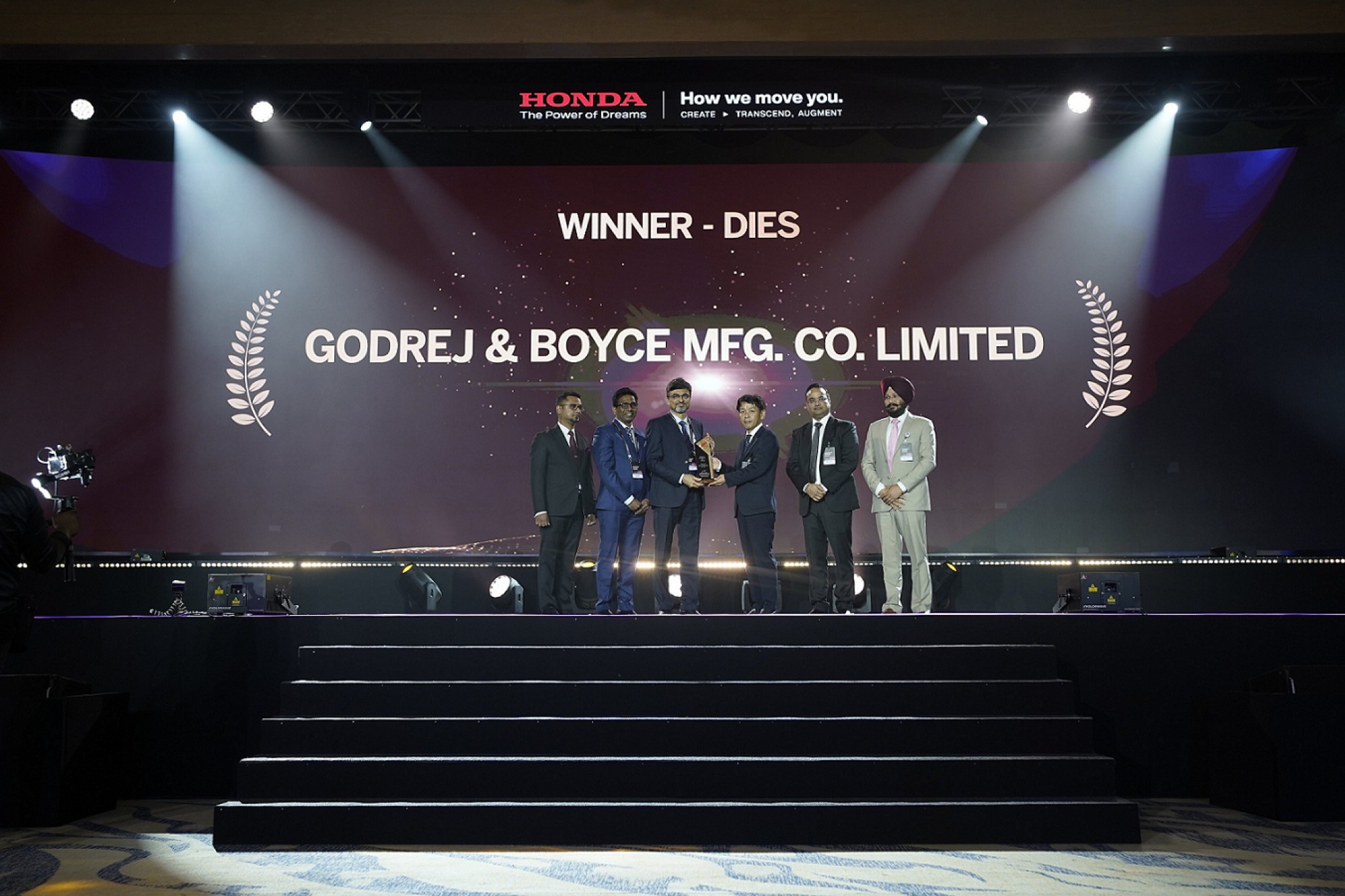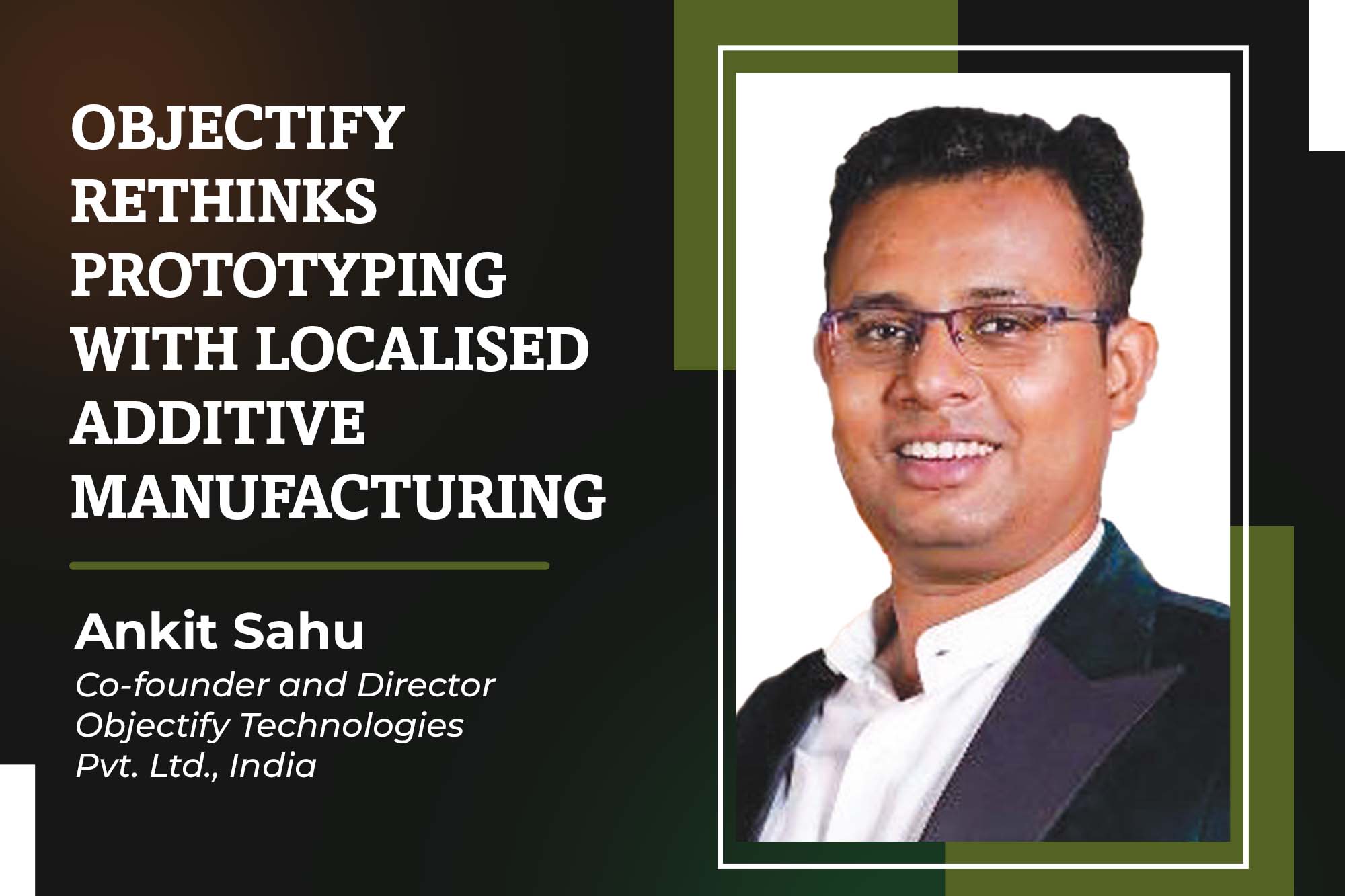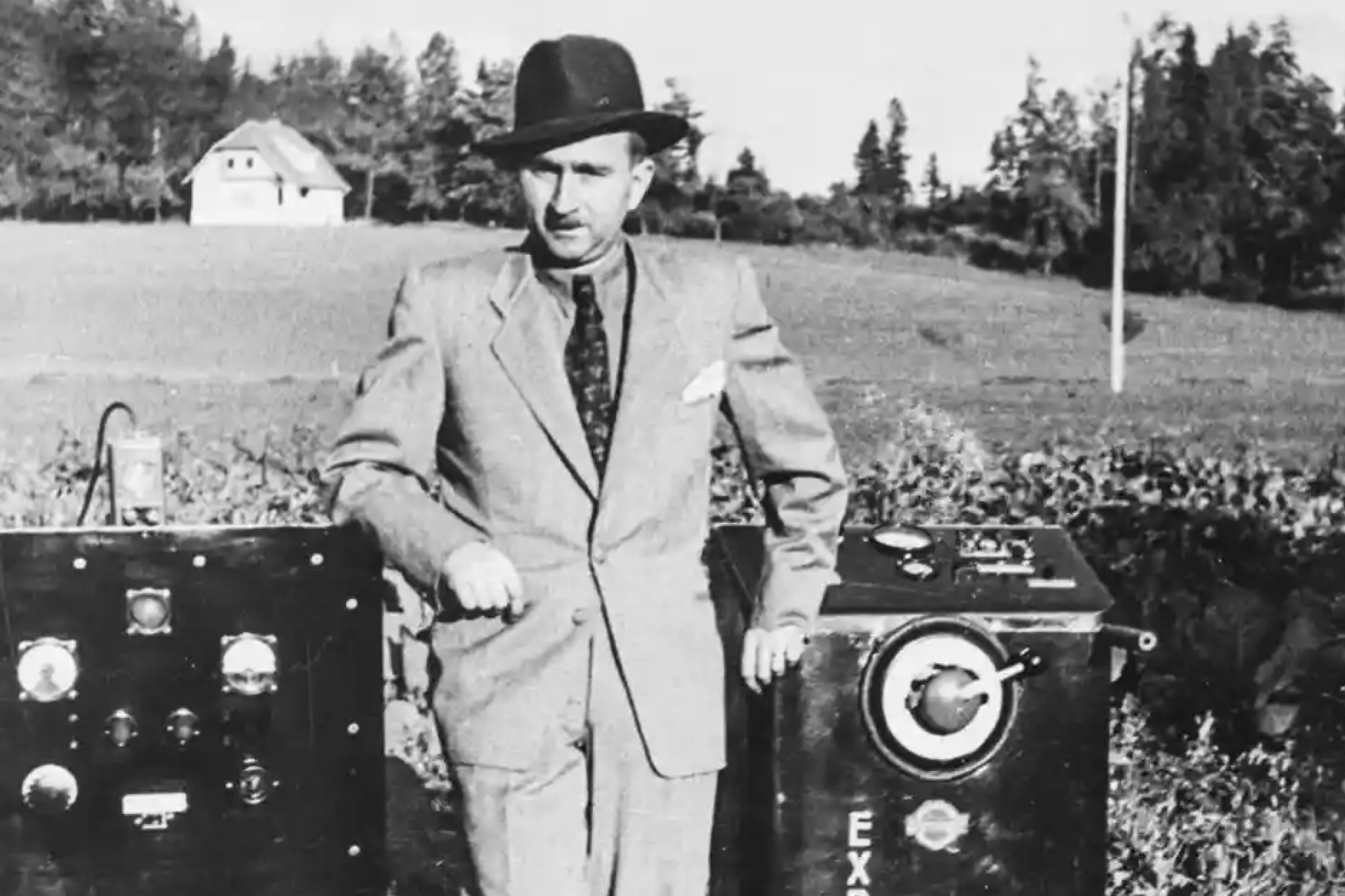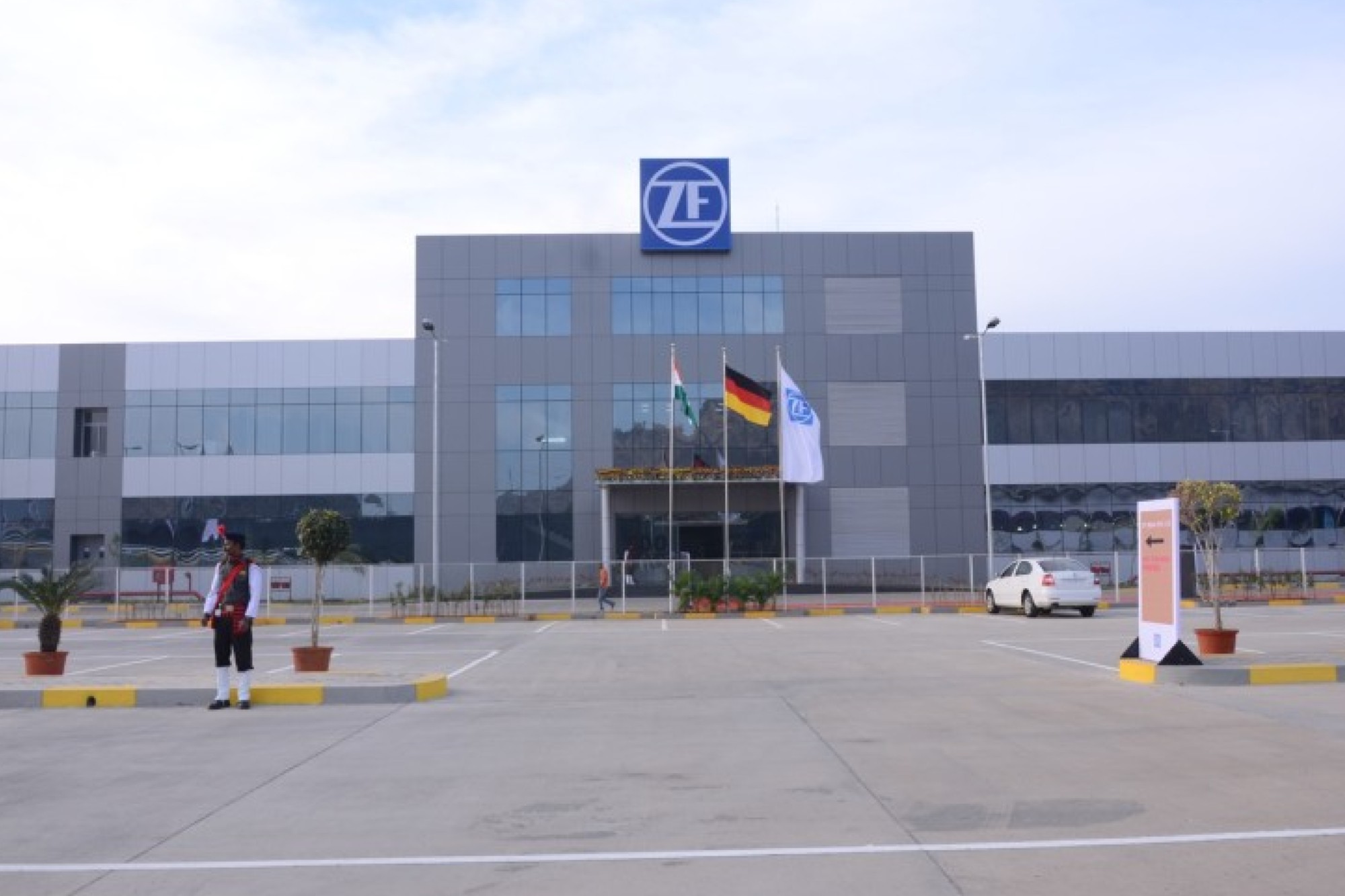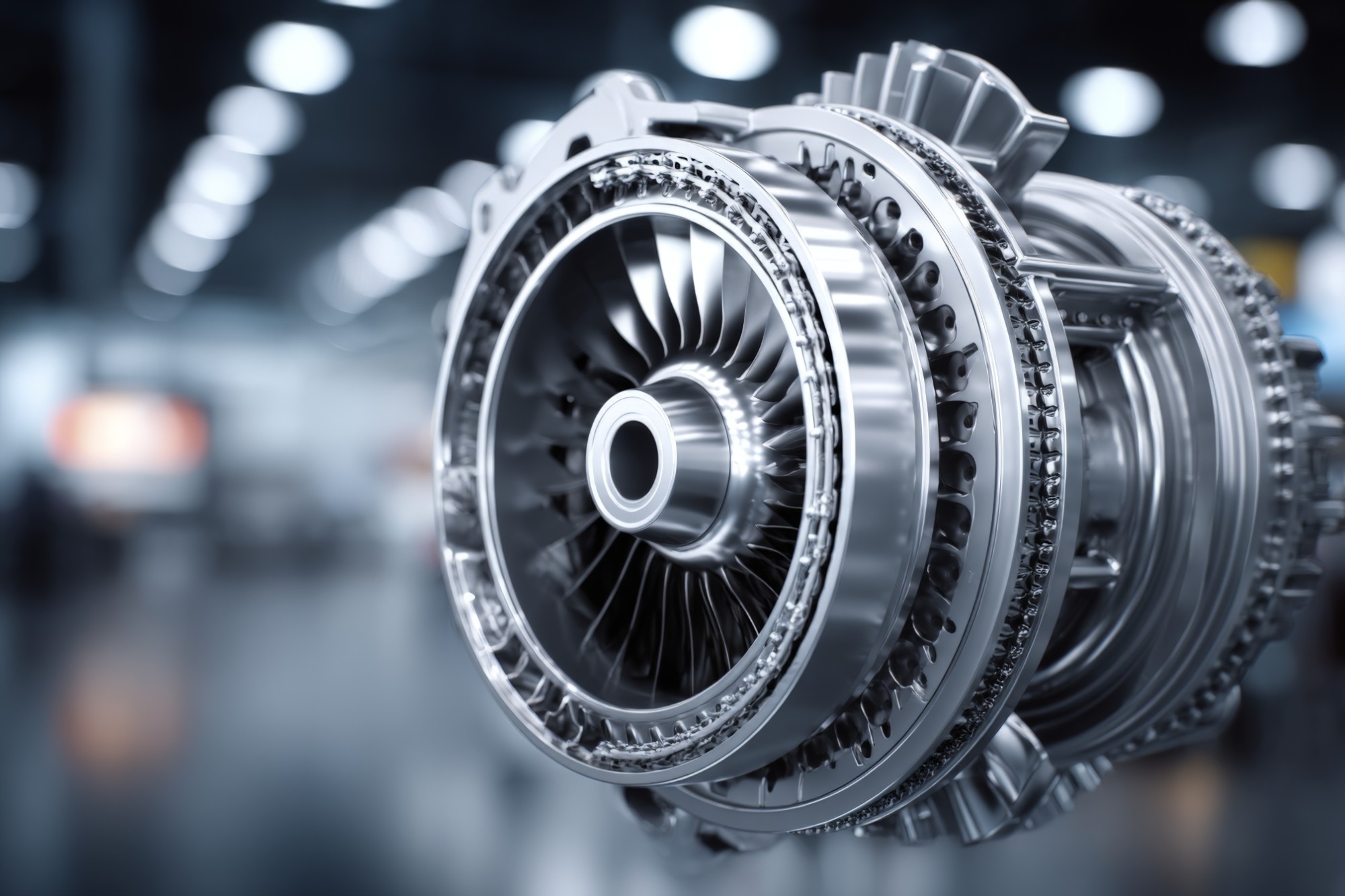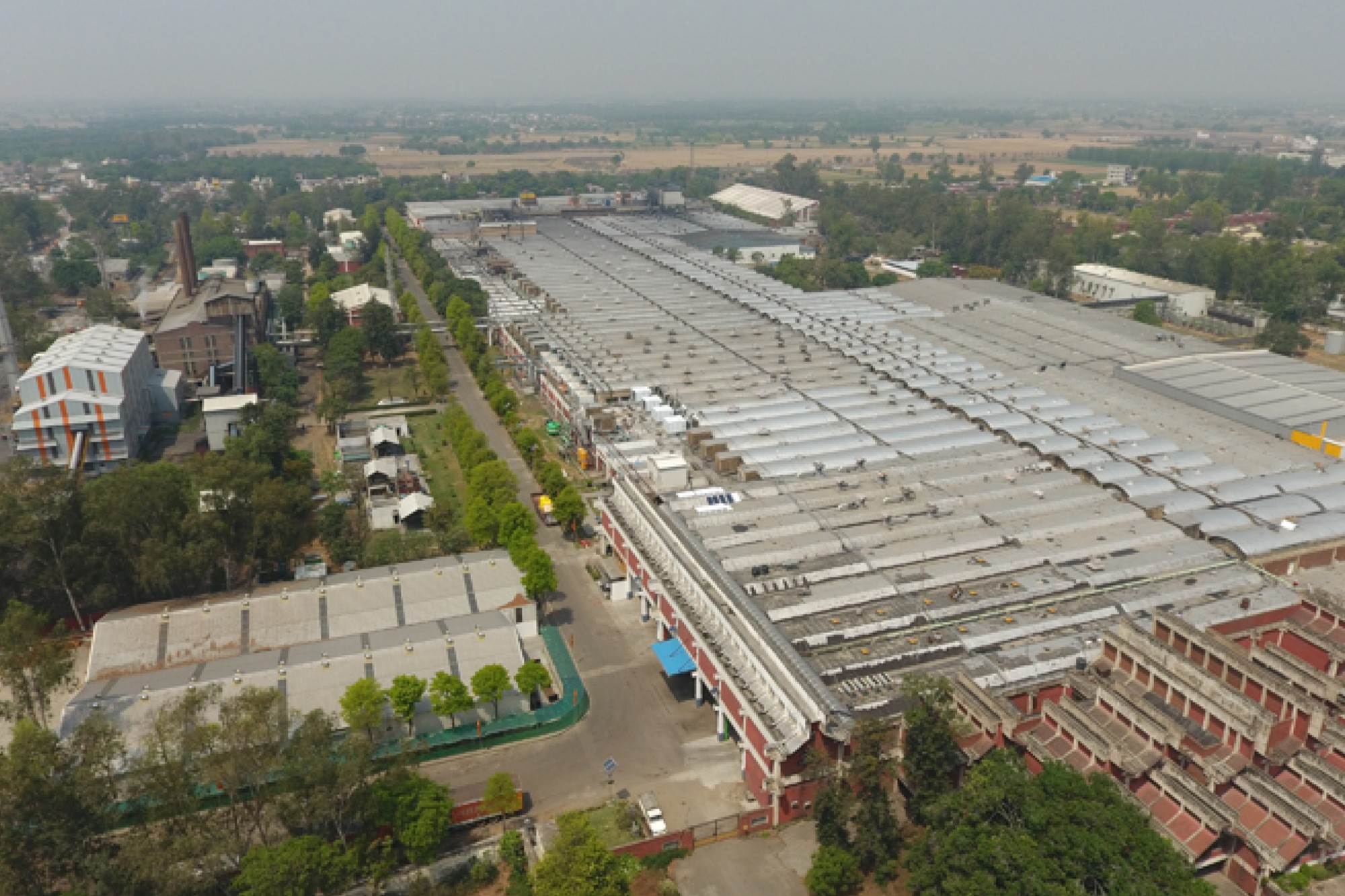Adopting future technologies; shaping up 3D printing
By OEM Update Editorial July 3, 2021 5:49 pm IST
The article highlights increasing adoption of Three-dimensional printing technologies for printing, which save cost, imparts efficiency, improving production as well as its role in creating ways to produce smart components.
Global 3D Printing Market value is expected to reach around US$ 41 billion by 2026, growing at a CAGR of 20.1 percentage during 2019 to 2026. According to the report, North America makes up the largest portion of the 3D printing market by region. The automotive industry is another big player in pushing AM innovation by 3D printing prototypes, manufacturing aids, and end-use parts for cars.
3D printing and robotics are widely being implemented across the industries.
3D is really helping to add more precision in design and final production in your industry! These days, we are seeing 3D Printed fixtures & robotic manipulators becoming more popular due to the ease they create in the manufacturing process.
According to Swapnil Sansare, CEO and Founder, Divide by Zero Technologies explains. “Custom robo-grips are being 3D printed, as they help to reduce downtime and wastage due to handling issues. Typically, spares take a lot of time to be received, once the order is placed, which means a higher downtime. In addition, standardised grips mean either wastage during handling or some other inadequacy. With 3D Printing, you can manufacture the desired number and shape of items, helping save time and costs. Also, 3D printed tools help realise the object design in small batches, which helps understanding risks and failures much faster than traditional methods. Essentially, the shorter your prototyping cycles, the faster is your go-to-market time.”
Abhishek kalra,, Associate Vice President – 3D Technologies Business mentions, “Manufacturing driven business is highly challenging and risky. These businesses are under consistent pressure to delivery better (than the rest of the market) products at the lowest possible price (to the end customer) and before everyone else, whether it be a car or pair of earphones. Hence, it’s evident that these industries have to reduce input costs without reducing quality and yet be the most appealing product in the market.
Further Kalra says, to do this, companies are adopting two strategies: First make the best product possible, that’s where 3D printing and other design validation techniques come into picture, the idea here is to ‘Fair Fast, Succeed Faster’. The quicker one can eliminate the errors and “what they don’t want in a product”, the faster they can get to a better product and 3D Printing being the quickest and most cost effective way to put an idea as a physical product on the table, in fact, today with the advancements in 3D Printing, one can not only create parts which can geometrically and functionally replicate the product, but also there exists the ability to replicate look and feel of the final product with full colour 3D Printing allowing companies to integrate multiple things simultaneously. What is being done in hours-days would take weeks conventionally.
He then remarks, “The second strategy is to reduce operations costs and improve a production throughput, that’s where robotics comes into pictures, which ensure a faster and consistent production output. Companies are now combining robotics with 3D Printing to create lighter, more ergonomic, more efficient, and most importantly cheaper factory floor tooling’s (such as Jigs, Fixtures, Gauges, End of Arm Attachments etc) which help them drastically improve overall production line efficiencies and hence the final product and its cost.”
Sohrab Kothari, Co-founder, SAHAS Softech LLP., notes, “ These future technologies have multiple advantages and applications in the value chain from design planning to validation and of final production cycle. Kothari adds to say, major applications for 3D Printing are: Prototyping; Faster Product cycles and End use manufacturing. Prototyping can be categorised into ‘Form, Fitting and Functionality’. You can iterate multiple designs and close the final production design with quicker timelines. You can get the flexibility in ‘Design Planning’. Products that could not be made with traditional manufacturing can be manufactured with additive manufacturing with ease of designs. “In Future, you will only need digital assets or digital design. In case of final production, we might not need to invest into excess inventory. With the help of ondemand manufacturing via these digital designs, manufacturing can be done globally, and is not restricted to a single manufacturing facility. With Additive manufacturing, we can optimise the topography of the design and reduce weight of the product and also reduce assemblies of multiple parts in 1 component. This will increase the efficiency of the product and also efficiency of production time”, says Kothari.
Potential threats and challenges in automated and robotic vehicles / processes
Impacts on manpower with adoption of automation and robotics across the industrial applications and processesTo foresee the impact in future, Sansare mentions, “Every time a new technology emerges, it brings change. People resisted the adoption of computers in the 1970s and they downplayed the Internet in the late 1990s/ early 2000s. So, there is no point in either fearing or ignoring a recognised emerging technology.” There will definitely be a paradigm shift in the way we learn and behave. One glaring example is the public health and safety precautions we are all taking, in the wake of the pandemic. When we all have adapted to something so serious and life threatening, then why not do the same with the incoming technologies. Until a decade ago, people generally did not take coding seriously. Today, the Indian government is planning to make it a part of the school syllabus. There definitely will be changes, but we will have to adapt to them, just as we adapt to changes today. The real question is – how fast are you able to adapt to these change, asks Sansare.
Kalra remarked, “Whenever someone asks me this question, I always give the analogy of the book/movie hidden figures which is about three-woman NASA scientists up-skilling themselves to learn advanced computing technology to eliminate the risk of being obsolete. People at all levels need to up-skill them. Automation will replace a lot of jobs, but it will also create a lot newer jobs and it has and always will be survival of the fittest. The challenge is that many (specifically the less privileged people) do not know where to start. Fortunately, companies today are putting effort (and of course the resources) to up skill their people, but eventually companies will only hire ready people hence the educational system needs to integrate the tools of today in the curriculum, which is happening, but it needs to happen faster and at a larger scale.” Talking about the adoption of these future technologies, Kothari says, there will be a shift in the manpower requirement for people, who will adopt these technologies.
“These processes will require more technical level than technician level. Saying further, a lot of allied opportunities will increase in raw material manufacturing, Machine Manufacturing, R&D, Design development, Admin, Finance, Post Processing, machine handling etc.”
Latest innovations happening in the automobile industry with the help of robotics, IT and 3D printing
On innovations, Sansare deliberates that 3D printed low volume casting patters are turning out more affordable for the EV industry and beyond that many automotive manufacturers are setting up in-house 3D printing facilities to test possibilities with on-demand end-use component manufacturing. He adds, with the EV industry being so new to the market, there are no references as such, for tool makers or even the automotive companies themselves to rely on. Therefore, the real innovation in such industries is not just the product they sell in the market, but also the systems and processes they create/use while building these products. Sansare remarks, “As this industry is heavily dependent on smart systems, data analytics and software, they can remotely custom build the entire factory on demand – for example, depending on the need, a certain part which may be suffering from a design flaw (detected by IoT devices) can be corrected, 3D Printed remotely by the designers. The robotic section can then take over the part to actually post-process the object and fit it in the prototype for further testing.
“By directly 3D printing the casting patterns, companies can save on a huge amount of time.” Kalra provides and example and says, the Giga -Press created by Tesla which is essentially a custom-built pressure-die casting system created to build the full real casting of the vehicle in a single piece, that blows my mind something like this would have been impossible to even imagine without tools like robotics, 3D Printing (prototyping), and advanced design and simulation. These technologies have made possible what is beyond imagination. Companies are integrating these everywhere. For example, Ashok Leyland used 3D Printing to create faster prototypes and used these to fulfil regulatory deadlines and saved upwards of 75 lakh in manufacturing costs and 14,138 days of hour-utilisation, on the other end of the spectrum Honda Cars, India has improved factory floor efficiencies by using Light Weight and Ergonomic Jigs and Fixtures.
In India, automotive adoption is very high, almost everyone is using it and improving time and costs of product development and manufacturing. Mentioning about trends, Kothari says, light weighing capabilities of new design tools are like generative design, and the flexibility of AM to bring advanced designs to life. This will be highly advantageous for EV manufacturing.
Final note Industry is shaping with the changing trends in demand, supply chain dynamics and regulations, not to mention the drive towards mass customisation. The Automotive industry is establishing digital data workflows, to achieve greater efficiency across production processes and supply chains, says Kothari. 3D printing for electronics is creating new ways of producing smart components to network vehicles and gather automotive data. Moreover, the rising need for advanced manufacturing technologies to produce complex aerospace parts can promote the growth of the aerospace 3D printing market in the years to come. 3D , technology is now rapidly transforming into a production technology. Most of the current demand for 3D printing is industrial in nature. The trends are now combining robotics with 3D Printing, obviously 3D printing helps save time and costs.
Cookie Consent
We use cookies to personalize your experience. By continuing to visit this website you agree to our Terms & Conditions, Privacy Policy and Cookie Policy.





